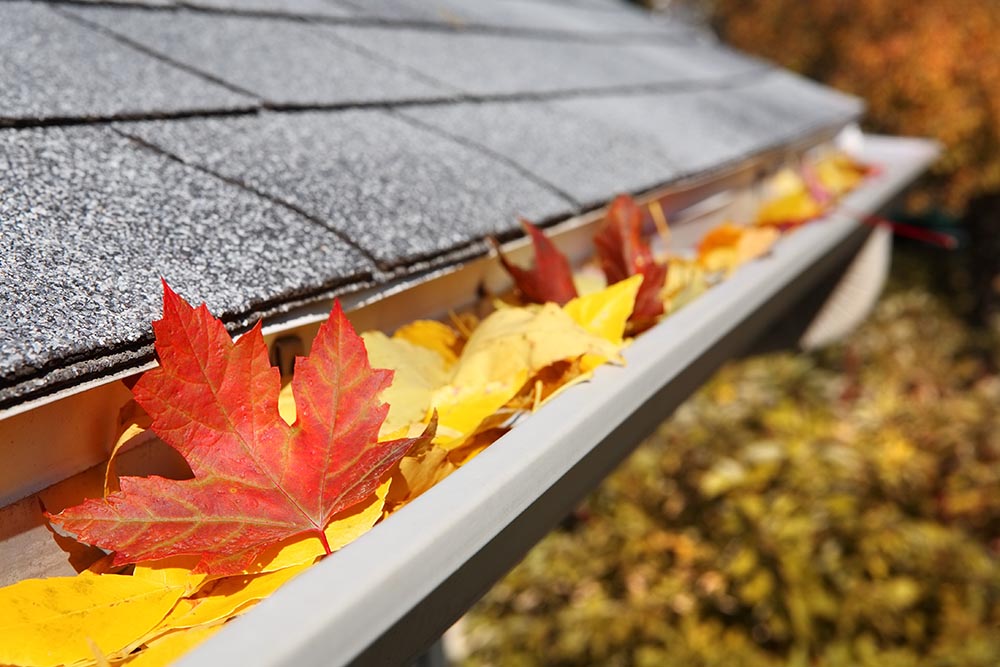Most of us look forward to the fall weather, but the change of season also means that we can expect an increase in rainy weather. One of the most important parts of your home’s roofing structure is your rain gutters. They keep rainwater on your roof from leaking onto your home and foundation. Missing, damaged, or clogged gutters are not effective at protecting your exterior walls from water damage. In fact, too much water can deteriorate your foundation, and even leak into your crawlspace. To maintain healthy gutters, it is important to get regular inspections and maintenance on this structure. These five helpful tips will give you guidance on gutter maintenance and how to prepare your gutters for the rainy season.
Perform Regular Gutter Maintenance
Regardless of the materials used to construct your roofing system, your gutter system should be inspected twice a year. This is an easy preventative measure to protect your home from inclement weather.
Every few months, homeowners should have their gutters cleaned to remove blockages that could keep rainwater from flowing freely. Clogged gutters can damage your roof and result in further damage to your home’s structure. When there is dirt and debris in your gutters, this can also cause water to overflow, ripping the gutters loose.
If you have the tools, this is a fairly easy DIY project, although there are also lots of companies that provide gutter cleaning services. If you plan to do it yourself, you will need a tall ladder and a gutter trowel to clear the debris from your gutters. Once all of the debris has been removed, you should flush your gutters with a water hose to make sure that water can now flow properly through the structure. Failure to perform gutter maintenance and keep your gutters cleaned on a regular basis can accelerate wear, cause clogs, and allow water to get under your shingles.
You’ll also want to check the seams around your rain gutters for any holes or leaks. It’s best to do this before it rains so that you can be proactive about repairing any damaged areas. If you discover any areas that require repair, you can easily fix them using a silicone sealant.
Perform an Inspection of Your Downspouts
Your gutters aren’t the only structure that requires cleaning. It’s also important to inspect your downspouts for potential clogs. Wind and storms can wash dirt, leaves, and debris into the systems and cause water to back-up and overflow. If you have trouble accessing your downspouts, you can use a garden hose with a pressure nozzle attachment to remove clogs and test the flow of the water.
Install Gutter Guards
Gutter guards help to protect your gutters from dirt and debris. They fit over the top or on the inside of your gutters and keep leaves and sticks from causing clogs. Gutter guards are also easy to clean. You only need to sweep off leaves and debris, as opposed to scooping the debris and rinsing the interior of your gutters.
Install Extensions for your Downspouts
Most downspouts feature splash blocks. Splash blocks are designed to catch rainwater and then funnel it away from your property. However, during heavy rainstorms, these devices can get washed out of position. If you aren’t regularly checking to ensure that your splash blocks are still in place, water can accumulate around your foundation and eventually get into your crawlspace. The good news is that there are alternatives for you to consider. Rather than using a splash block, homeowners can install downspout extensions. The flexible tubes easily attach to your downspouts and are positioned to prevent water from pooling around your foundation.
If you’re ready for new gutters, contact Smart Exteriors today for a free quote.

